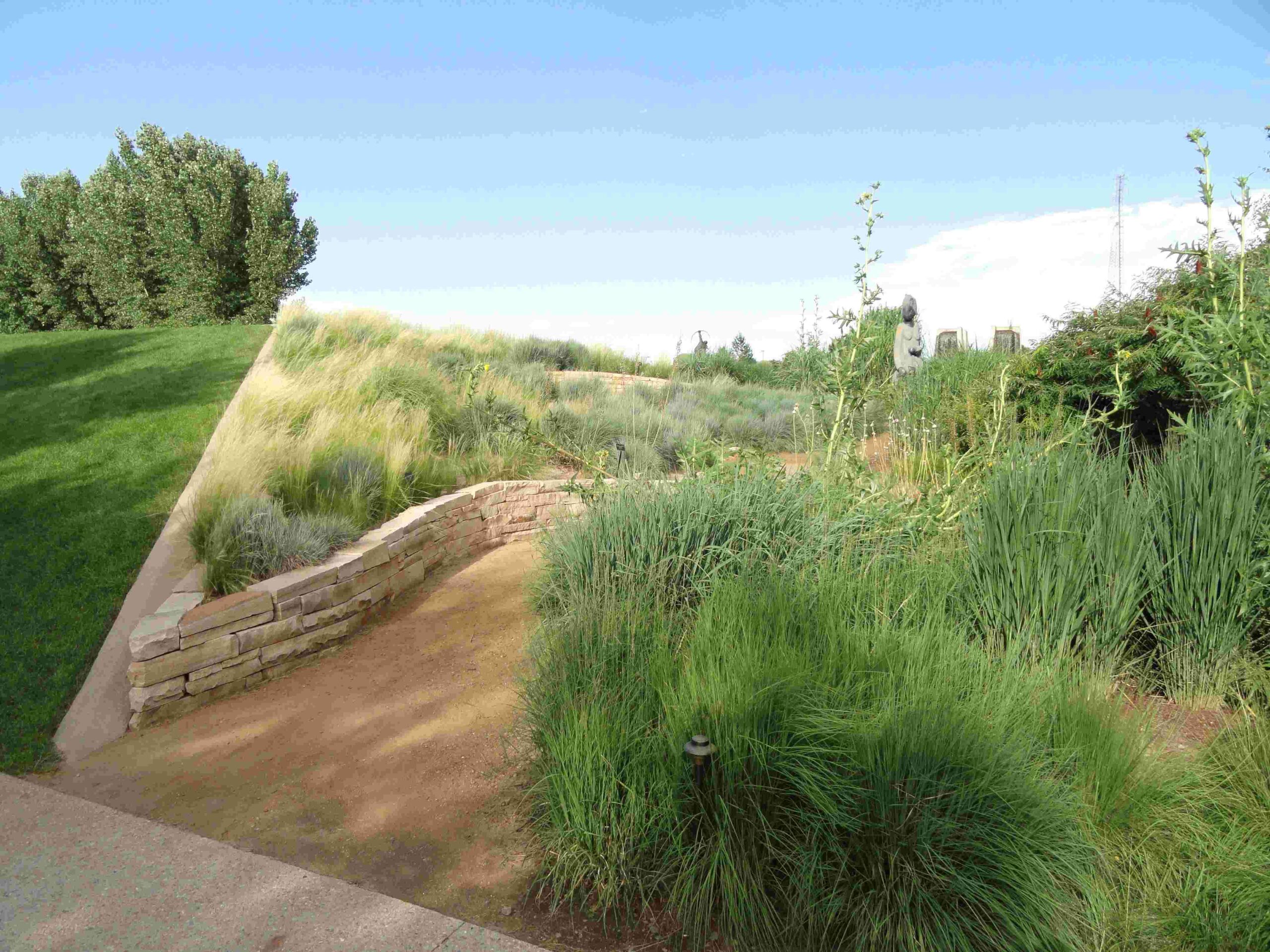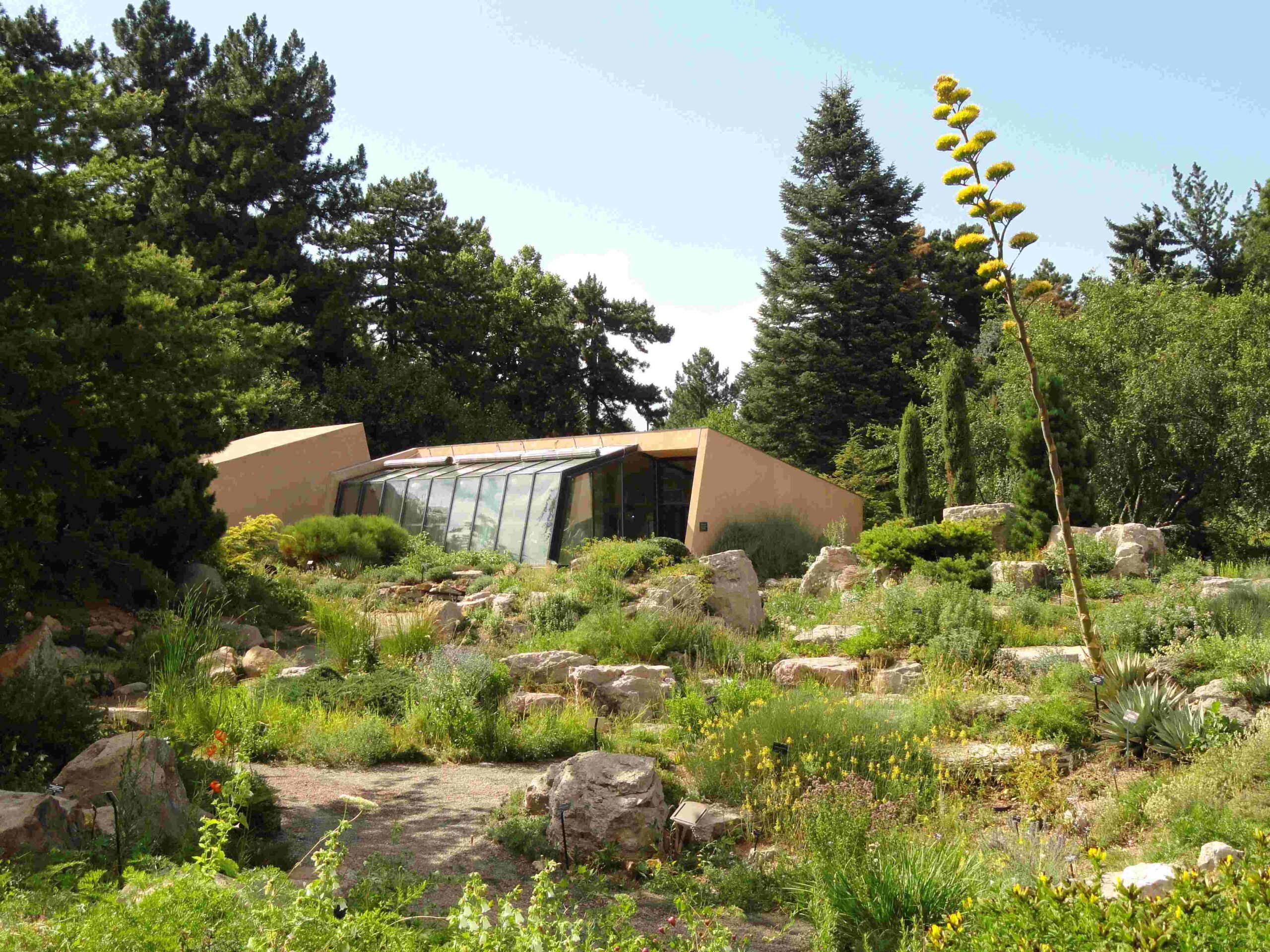The Denver Botanic Gardens big stinky flower, scientifically known as Amorphophallus titanum or corpse flower, is a rare and fascinating botanical phenomenon. This giant flower, native to Sumatra, Indonesia, is renowned for its enormous size, infrequent blooming cycle, and distinctive odor reminiscent of rotting flesh. The Denver Botanic Gardens houses two of these remarkable plants, affectionately named ‘Lil’ Stinker’ and ‘Stinky’, which have captivated visitors with their sporadic blooms in recent years.
What Makes the Denver Botanic Gardens Big Stinky Flower Unique?

The corpse flower at Denver Botanic Gardens is a true botanical marvel. Its uniqueness stems from several factors:
- Massive size: When in bloom, it can reach heights of up to 8 feet.
- Rare blooming events: The plant only flowers every 7-10 years on average.
- Brief flowering period: The bloom typically lasts only 24-36 hours.
- Pungent odor: It emits a strong smell similar to rotting meat to attract pollinators.
- Complex life cycle: The plant alternates between leaf and flower cycles over many years.
These characteristics make each blooming event a highly anticipated occurrence for both botanists and the public alike.
When Can Visitors Expect to See the Big Stinky Flower in Bloom?

Predicting the exact blooming time of the Denver Botanic Gardens big stinky flower is challenging due to its unpredictable nature. However, here are some key points to consider:
- The last recorded blooms at the Denver Botanic Gardens occurred in 2018 and 2022.
- There is currently no specific schedule announced for future blooms.
- The gardens typically provide updates and announcements when a bloom is expected.
- Blooming events are rare and can happen years apart, making each occurrence a special event.
Visitors interested in witnessing this spectacular event should keep an eye on the Denver Botanic Gardens’ official communications for the most up-to-date information on potential blooming periods.
How Does the Denver Botanic Gardens Care for Its Big Stinky Flowers?
Maintaining the health of these extraordinary plants requires specialized care. While specific practices at the Denver Botanic Gardens are not publicly detailed, general care for corpse flowers typically involves:
- Temperature Control: Maintaining warm temperatures both day and night.
- Humidity Management: Ensuring high humidity levels to mimic the plant’s natural tropical environment.
- Watering Regimen: Providing consistent moisture, especially during active growth phases.
- Soil Composition: Using well-draining soil that retains moisture without becoming waterlogged.
- Energy Accumulation: Allowing sufficient time between blooms for the plant to store energy in its corm.
The dedicated horticulturists at the Denver Botanic Gardens likely employ these and other specialized techniques to nurture their corpse flowers to health and eventual bloom.
What Can Visitors Expect During a Big Stinky Flower Bloom Event?
When the Denver Botanic Gardens big stinky flower does bloom, it becomes a major attraction. Here’s what visitors might experience:
- Extended viewing hours to accommodate public interest
- Potential special events or educational programs centered around the bloom
- Increased crowds due to the rarity of the event
- The opportunity to witness the flower’s unique appearance and smell firsthand
- Possible guided tours or informational sessions about the corpse flower
It’s important to note that these events are typically announced close to the blooming time, as the exact moment of flowering can be difficult to predict precisely.
How Accessible Is the Big Stinky Flower Exhibit for Visitors?
Accessibility is a key consideration for visitors planning to see the Denver Botanic Gardens big stinky flower. While specific details may vary, general accessibility features often include:
- Designated parking areas (specifics should be checked on the official website)
- Accessible pathways throughout the gardens
- Accommodations for visitors with mobility challenges
- Clear signage and information about the exhibit
For the most accurate and up-to-date accessibility information, visitors should contact the Denver Botanic Gardens directly or check their official website prior to their visit.
What Are the Costs Associated with Viewing the Big Stinky Flower?
While exact costs can vary, here’s a general overview of potential expenses related to viewing the Denver Botanic Gardens big stinky flower:
| Expense Type | Details |
|---|---|
| General Admission | Standard entry fee to the gardens |
| Special Event Fee | Possible additional charge for bloom events (if applicable) |
| Parking | May be included or separate, depending on location |
| Guided Tours | Optional, may incur extra cost |
It’s worth noting that during past blooming events, viewing has often been included with general admission to the gardens. However, for the most current pricing information, visitors should check the Denver Botanic Gardens’ official website or contact them directly.
How Does the Denver Botanic Gardens Big Stinky Flower Compare to Others Worldwide?
The corpse flowers at Denver Botanic Gardens are part of a global community of these rare plants. Here’s how they compare:
- Size: While impressive, they may not be the largest specimens globally.
- Frequency of Blooms: The blooming frequency at Denver seems to align with the average of every 7-10 years.
- Public Interest: Like other botanic gardens with corpse flowers, Denver’s specimens generate significant public excitement.
- Research Value: They contribute to the broader understanding of these unique plants.
- Conservation Efforts: By maintaining these plants, Denver Botanic Gardens plays a role in species preservation.
Each corpse flower is unique, and the specimens at Denver Botanic Gardens offer visitors a rare opportunity to experience these botanical wonders in the heart of Colorado.
What Educational Opportunities Does the Big Stinky Flower Provide?
The Denver Botanic Gardens big stinky flower serves as an excellent educational tool, offering insights into:
- Plant biodiversity and rare species
- Tropical ecosystems and adaptations
- Plant life cycles and reproductive strategies
- The relationship between plants and pollinators
- Conservation efforts for endangered species
During bloom events, the gardens often provide educational materials, talks, or displays to enhance visitor understanding of this extraordinary plant.
The Denver Botanic Gardens big stinky flower remains a source of fascination and wonder for botanists and the public alike. Its rare blooms continue to draw attention to the importance of plant conservation and the marvels of the natural world. As we await the next blooming event, the corpse flower stands as a testament to the diversity and complexity of plant life, inviting us to appreciate and protect the extraordinary flora that share our planet.

